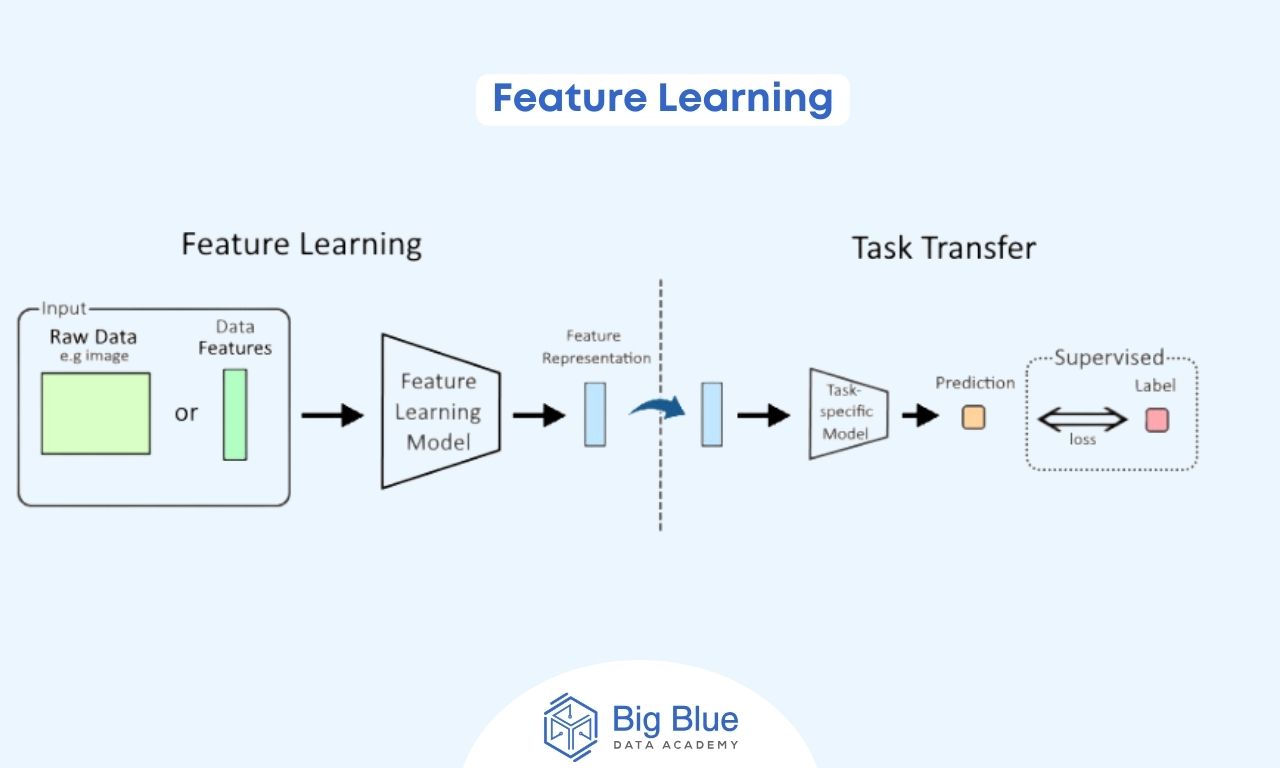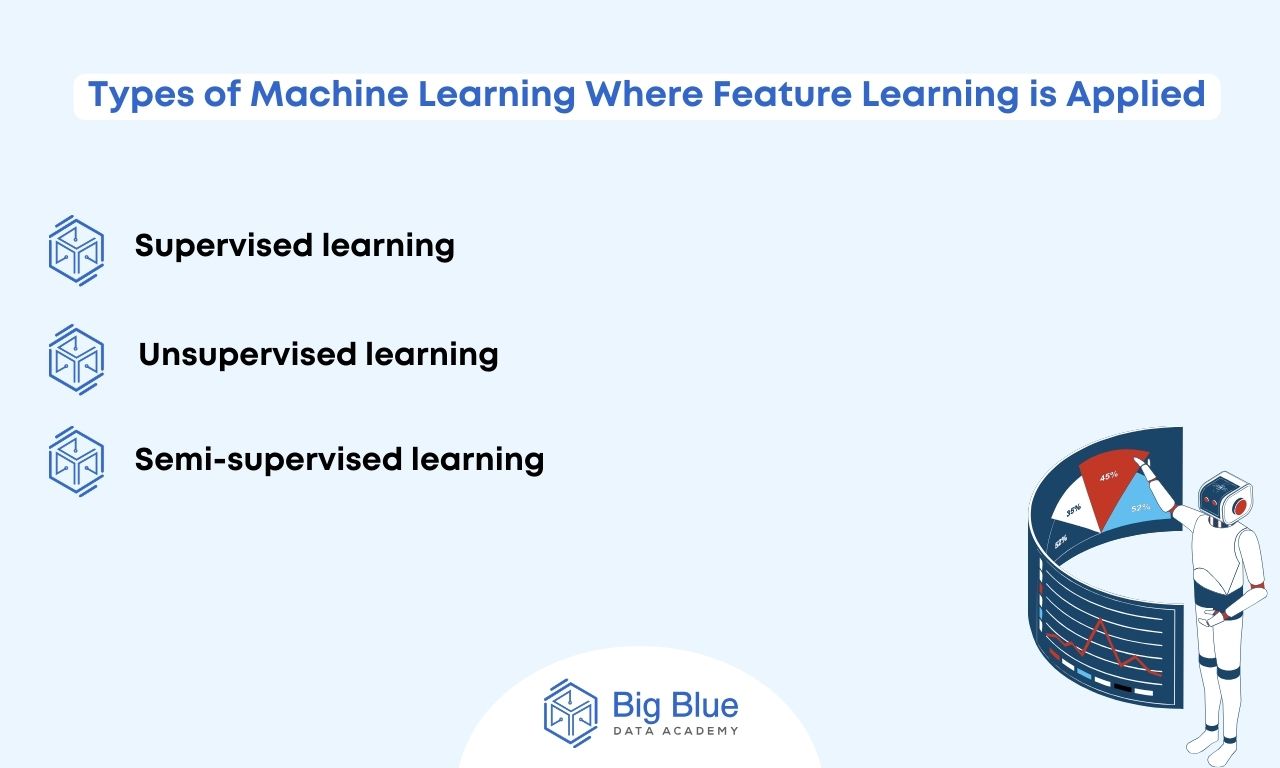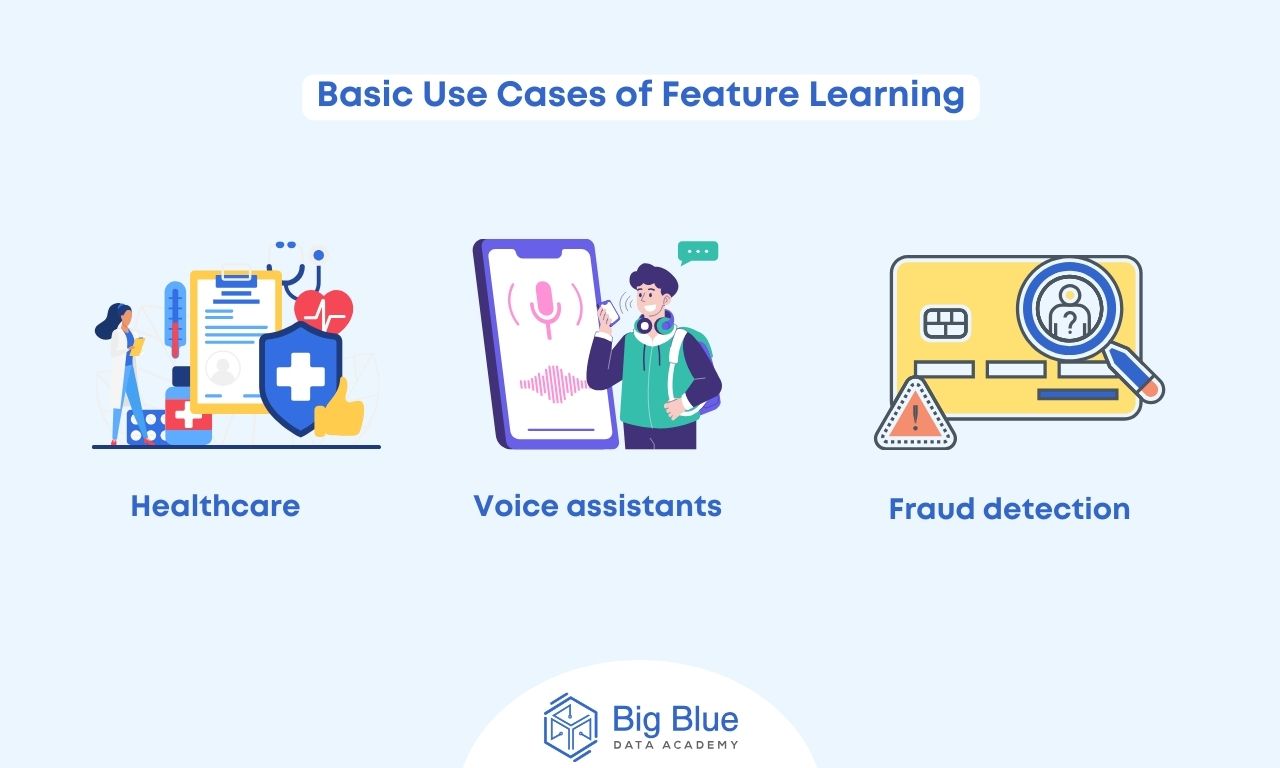Feature Learning: A Comprehensive 2024 Guide
Feature learning is a fundamental concept in machine learning and artificial intelligence, as it enables AI systems to adapt and learn from their environment, enhancing the automation of previously time-consuming manual processes.
So. in today's article, we will explore:
- What is feature learning and why is it important?
- Some challenges in feature learning
- Types of machine learning where feature learning is applied
- Basic use cases of feature learning
But before we delve deeper, let's start with a basic definition.
What is Feature Learning and Why is it Important?
Feature learning is an automatic process that helps machine learning models identify, recognize, and significantly improve patterns and features from raw data.
The goal is to enhance performance and enable more effective and precise predictions based on the data.
In feature learning, data representation is substantially strengthened as machine learning models extract and enhance representations from raw data.

Hierarchical representations in feature learning refer to organizing feature learning into a hierarchy of levels, where each level builds upon representations learned by the previous level.
This hierarchical structure allows the model to learn increasingly abstract representations, which can be transferred from one task to another related task.
For example, in the context of an image recognition task, a Convolutional Neural Network (CNN) can directly learn and improve features from image data, eliminating the need for manual feature encoding.
Thanks to feature learning, AI systems can adapt and learn from their environment, saving valuable time and resources.
This sets it apart from traditional feature extraction methods, which involve extracting features using predefined rules or functions.
Now that we've covered the basics of feature learning and its significance, let's look at some challenges.
What Are Some Challenges in Feature Learning?
Feature learning depends on the quality of the data.
Non-quality or biased data can lead to non-representative and incorrect results, which is why proper pre-processing and data cleaning by data scientists is of the utmost importance.
Also, an additional challenge is the high computing cost, which is why the use of cloud computing resources or distributed computing systems is recommended.
Furthermore, overfitting, or excessive adaptation, is a common challenge in feature learning.
It occurs when a model adapts too closely to training data, capturing noise and random fluctuations, and performs poorly on new data.
Careful model design and techniques like regularization can mitigate this problem.
Moving on, let's see the types of machine learning where feature learning is applied.
Types of Machine Learning Where Feature Learning is Applied
Feature learning is applied in supervised learning, unsupervised learning, and self-supervised learning.

Type #1: Supervised Learning
In this type, feature learning is applied using labeled data.
Convolutional Neural Networks (CNNs) can be utilized for automatic feature learning, such as shapes and patterns.
Type #2: Unsupervised Learning
In this type, feature learning is applied using unlabeled data.
Here, the model learns features by reconstructing input data with minimal error.
Type #3: Semi-supervised learning
In this type, feature learning is applied using both labeled and unlabeled data.
Next, let's look at some use cases of feature learning.
Basic Use Cases of Feature Learning

Voice Assistants
Voice assistants like Google Assistant and Siri use feature learning to better understand various aspects of speech, such as tone.
This enables more effective and natural interaction with users.
Healthcare
In healthcare, feature learning is used for workflow automation, such as document analysis, enhancing the streamlining of administrative tasks.
Fraud Detection
Feature learning can be applied effectively in detecting financial fraud by learning transaction patterns.
Ramping Up
We’ve explored a detailed overview of feature learning, its importance, and some fundamental applications.
The field of data science and machine learning offers numerous opportunities for professional growth and well-paying positions.
So, if you are intrigued and want to learn more about the fascinating and promising sector of data science, follow us and we’ll keep you updated with more educational articles!


.jpg)